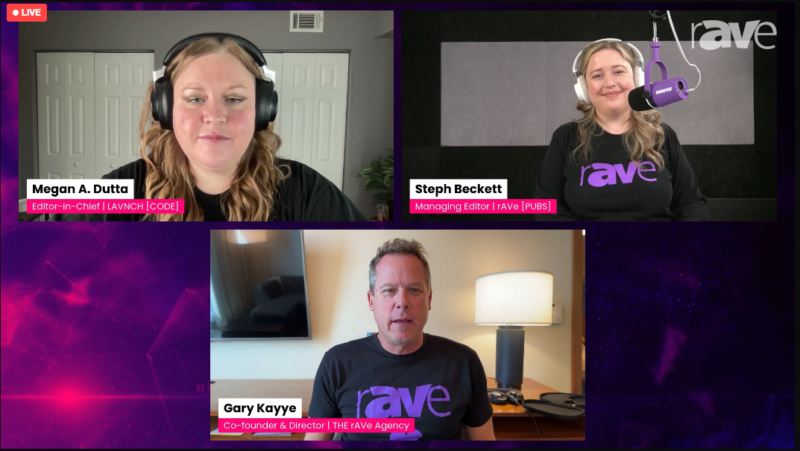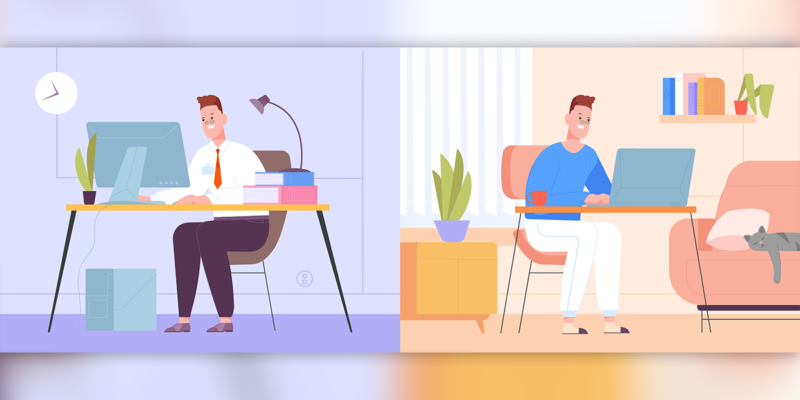The Collaboration Conundrum
With so many products available out there for collaboration and huddle spaces that could be considered “off the shelf” one would have to ask themselves why a consultant and/or design engineer needs to be in the mix at all. In this blog I will discuss some of the considerations a design engineer and consultant take when working together so solve the collaboration conundrum for their customers.
When looking at a potential collaborative communications space a designer must understand first how the space is intended to be used and how it is currently used. This is sometimes best done with a covert study (watching the user when they don’t know they are being watched). Since we know about the Hawthorne Effect (anything studied changes its behavior) it is best to do the study when the subject does not know it is being studied so as to not affect the outcome. The next step is to gather data and provide analysis on how the space is intended to be used. This includes facilitated discussions and stakeholder meetings. It also includes a complete understanding of the business. AV/IT design consultants need to be a hybrid of business professionals and technologists. A lot of times it is best to have these types of specification and analysis done by a third party who can delineate between what is needed and what is wanted.

So what does this have to do with using an AV/IT design consultant? Well, an AV/IT design consultant knows more about Human Factors than a standard IT integrator. Having an IT integrator simply hang an interactive display on the wall and running wires is already taking them outside their comfort zone and it is not all there is to creating a collaborative environment. A consultant and design engineer look at the usage models and determine the proper viewing angles to make sure every participants will see the screen from every seat. With a proper design, the least favorable seat in the room and the closest seat in the room will be able to view the content in a comfortable way without creating viewer fatigue.
 There are many considerations taken when designing a full collaborative space when human factors are accounted for. True AV and Technology consultants look at the type of content and the way it is used to determine closest and farthest viewer, the resolution and the type of display. Display size and mounting location are also determined based on these factors as well as whether or not the display is interactive or not and whether or not the one user or all of the meeting participants are standing or seated (how many meetings have you been in where you are forced to look at the presenters butt because of poor space design?). Consultants and design engineers work together to look at the entire usage model and match the usage to the space considerations. They then look at the physical attributes of the human body and its capabilities and limitations to help design the system, but you must read next week’s blog to get even a slight glimpse into the other considerations that are taken into collaborative space design.
There are many considerations taken when designing a full collaborative space when human factors are accounted for. True AV and Technology consultants look at the type of content and the way it is used to determine closest and farthest viewer, the resolution and the type of display. Display size and mounting location are also determined based on these factors as well as whether or not the display is interactive or not and whether or not the one user or all of the meeting participants are standing or seated (how many meetings have you been in where you are forced to look at the presenters butt because of poor space design?). Consultants and design engineers work together to look at the entire usage model and match the usage to the space considerations. They then look at the physical attributes of the human body and its capabilities and limitations to help design the system, but you must read next week’s blog to get even a slight glimpse into the other considerations that are taken into collaborative space design.
Next week’s blog will start down the path of what is included in the details of how an AV collaborative system comes together. We will discuss the steps that an AV/IT designer uses to build a complete collaborative and unified communications system.
AV/IT design consultant considerations in collaborative systems:
The technology/environment:
- Ambient light and sound
- Shared content viewing angles
- Sound system coverage and pick-up
- Cameras and stage presence
- Lighting
- Physical environment
- Communication
- Visualization
Acknowledgement / voting / interactivity:
- Network collaboration and network architecture
- Remote connectivity
- Videoconferencing
- Data sharing
Social aspect of collaboration:
- Social, executive, policy support
- Barriers
- Key advantages
Hope to “see you” next week.
-Max





